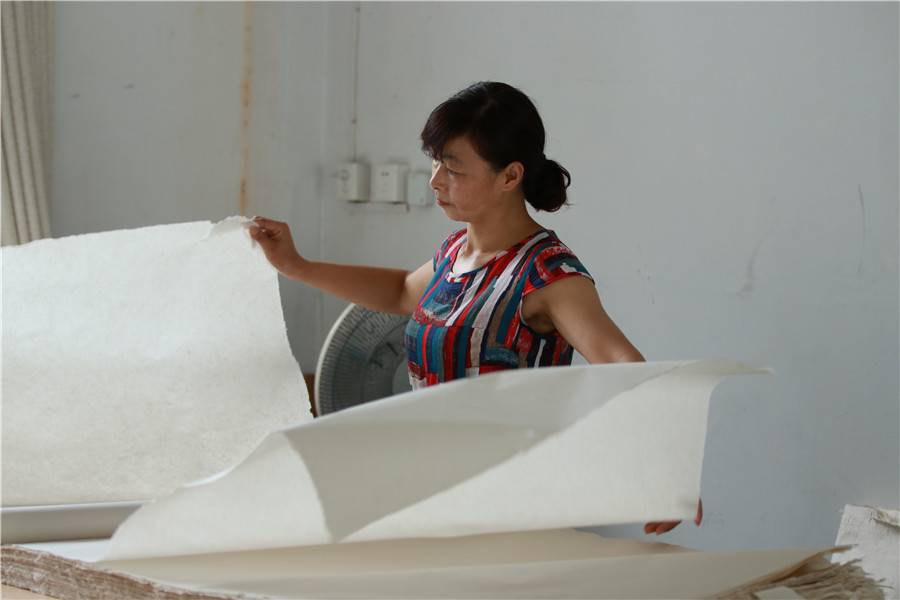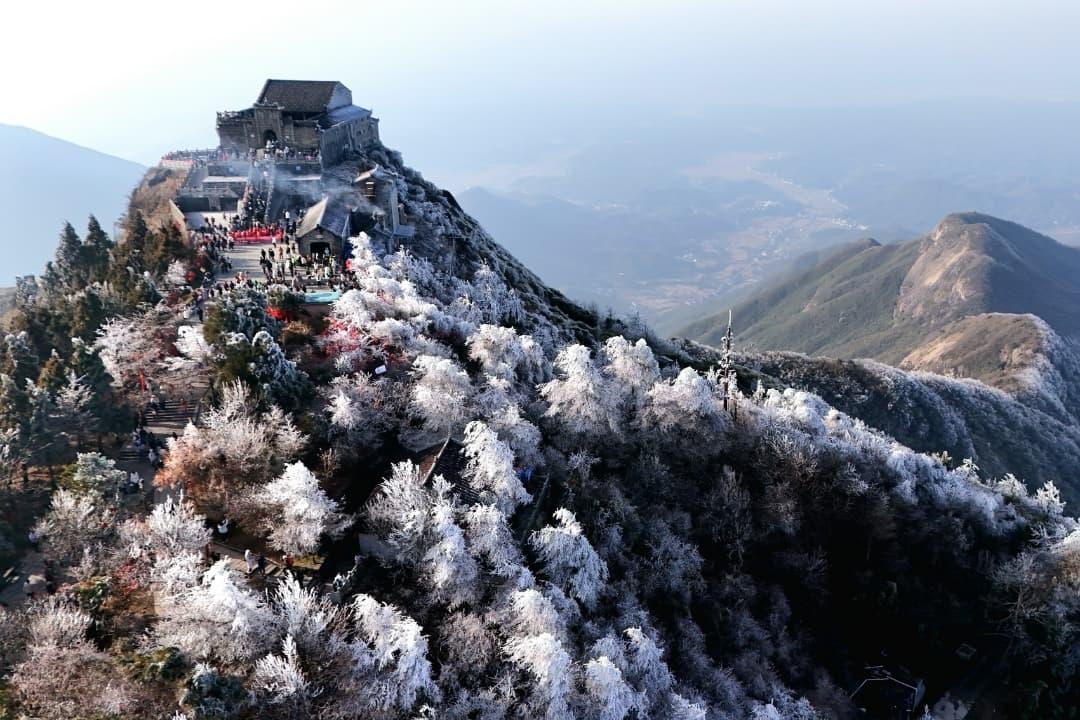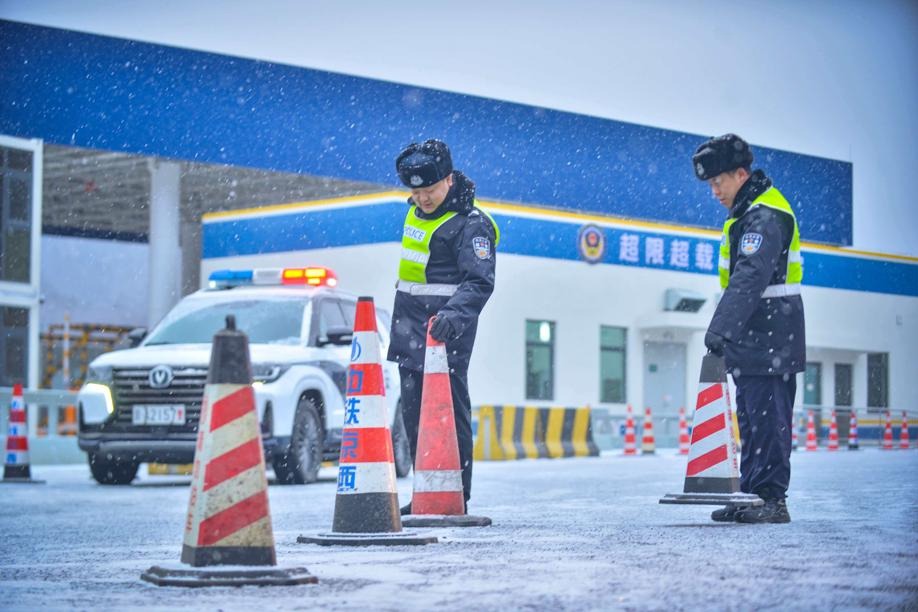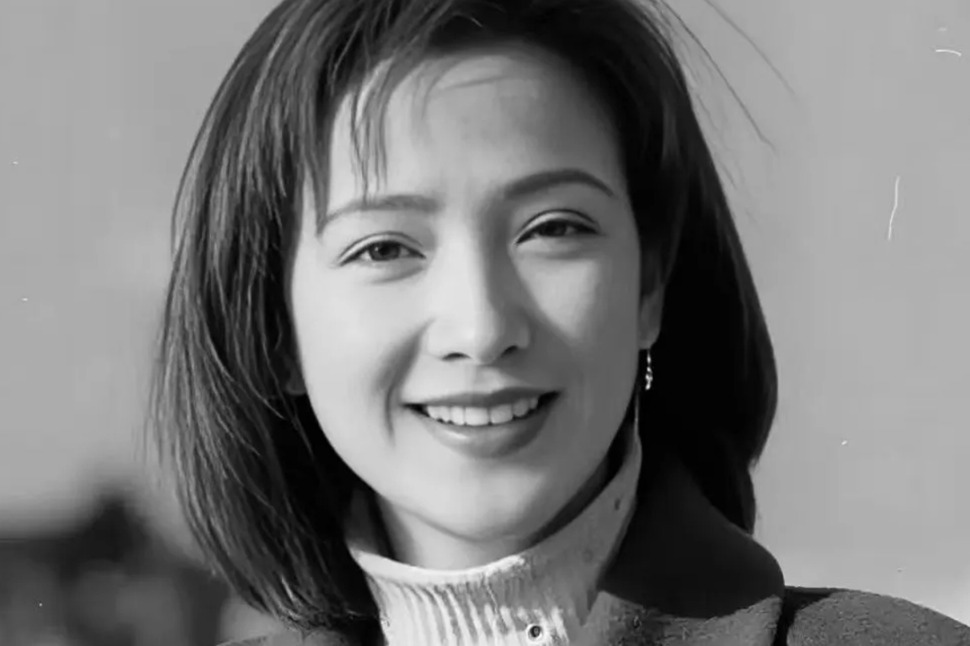Expert strives to revive forgotten forms


Several years ago, Tang Shukun, an expert on handmade paper at the University of Science and Technology of China in Hefei, Anhui province, viewed a map that showed what were believed to be the world's most renowned papermaking areas.
"Japan and South Korea, whose papermaking history originated from China, each had several names on the map, while China only had one - Jingxian county in Anhui," he said.
Cai Lun, a eunuch who served at court during the Eastern Han Dynasty (25-220) and used his position to perfect the art of papermaking, is regarded as the inventor of ancient paper and the papermaking process.
"It was very difficult to transport production materials and products between different locations, which is why China had so many different types of paper," said Tang, who leads a team of experts that has visited more than 200 villages whose economies were once dominated by papermaking.
Those difficulties also account for the limited attention paid to many papermaking centers in China.
According to experts, it is impossible to say which type of paper is the "best", because their properties vary according to artists' tastes.
"But students of calligraphy and painting are often told that Xuan paper is the best," said Huang Feisong, who specializes in the study of the ancient paper, which is made in Jingxian from the bark of the blue sandalwood tree, a common species of elm, and a special type of rice straw grown in sandy soil.
In 2009, the traditional method of making Xuan paper was included in UNESCO's Representative List of the Intangible Cultural Heritage of Humanity.
"Now, just five companies and workshops are recognized by Jinxian's quality supervision authorities as producing real Xuan paper," said Huang, director of the Xuan Paper Research Center at the China Xuan Paper Group in Jingxian.
The group, China's largest manufacturer of handmade paper, employs more than 1,300 workers and produces about 600 metric tons of Xuan paper annually, accounting for 80 percent of Jingxian's production.
Some papermakers in other parts of the country have been providing their products to companies in Jingxian, so their paper can be sold as Xuan paper, according to Huang.
"Some makers and dealers may benefit from this illegal practice for a while, but in the long run, it is harmful not only for Xuan paper, but, more important, to other types of paper," he added.
"You must first make a name in the market, and only then can you make that name famous."
- China willing to advance just and equitable global anti-corruption system
- Chongqing hosts Silver Age fashion model competition
- Hengshan Mountain glistens with iconic winter rime scenery
- Ningbo hospital staff disciplined following pediatric surgery death
- Mainland warns Taiwan leader against provoking conflict
- Former senior official of Shenzhen under investigation





































